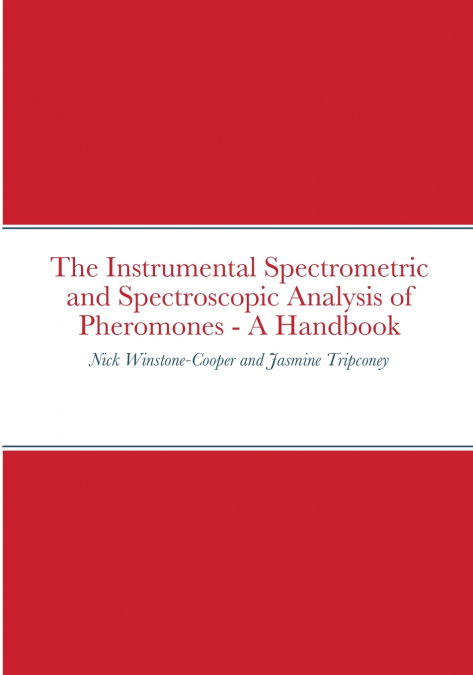
Jasmine Tripconey / Nick Winstone-Cooper
 Librería Perelló (Valencia)
Librería Perelló (Valencia)
 Librería Aciertas (Toledo)
Librería Aciertas (Toledo)
 Librería Elías (Asturias)
Librería Elías (Asturias)
 Donde los libros
Donde los libros
 El AlmaZen del Alquimista (Sevilla)
El AlmaZen del Alquimista (Sevilla)
 Librería Kolima (Madrid)
Librería Kolima (Madrid)
 Librería Proteo (Málaga)
Librería Proteo (Málaga)
This is the fifth in a series of volumes investigating and explaining the application of instrumental spectrometric and spectroscopic measurements to the determination of molecular structures. This volume concentrates on the study of pheromones. Pheromones, commonly known as sex attractants, play a vital role in orchestrating, guiding and controlling the behaviour of insects and animals. The pheromones cover substances employed by bees, ants, moths & butterflies and extend to pheromones employed by rabbits and even wolves. They guide the creatures both to foods and away from foods as well as attracting them to the opposite sex of their species. Each chapter commences with an introduction to the pheromone and then continues with examination and interpretation of the infrared spectrum, mass spectrum and then the proton and carbon nuclear magnetic resonance (NMR) spectra before making conclusions about the molecular structure of the pheromone considered.